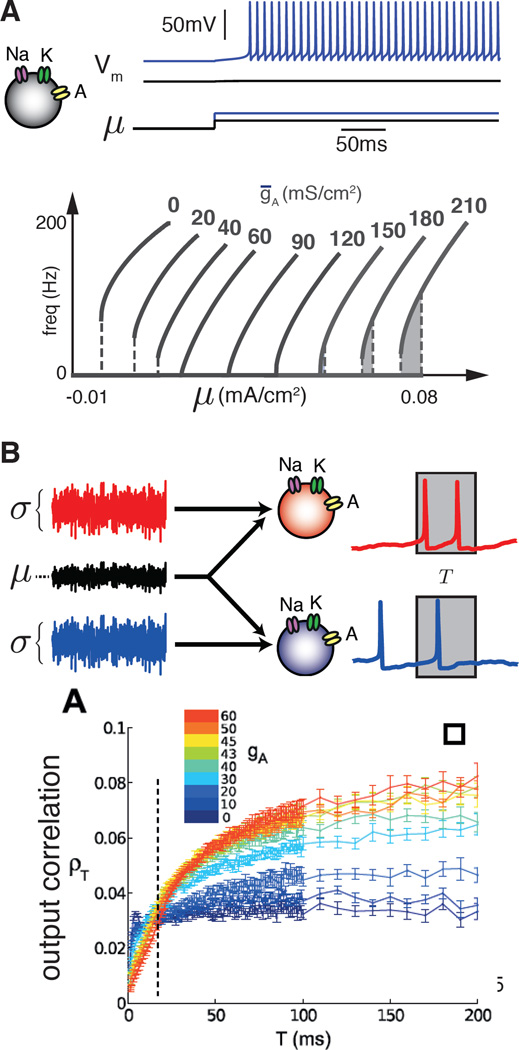Figure 1. Single neuron biophysics impacts intrinsic properties and correlated-based population coding.
A. Firing rate vs. injected current (f-I) curves, for the Connor- Stevens model [95]. We show f-I curves for a range of gA values yielding a range from type II to type I excitability and then to type II* excitability [37]. B. Top: A microcircuit in which two neurons receive input currents with a common component that represents correlated activity or shared afferents upstream. The mean of the input currents is μ and each fluctuates with standard deviation σ. By varying the fraction of the common component (black trace in A), relative to the independent components (red and blue traces in A), we can control the strength of the input correlation driving the microcircuit. Shared input currents lead to correlated spikes, which are quantified using the correlation coefficient of the two neurons’ spike counts counted in time windows of length T. Type II neurons with low gA transfer more correlations at small T, while for high T the trend switches (dashed line) with type I neurons with high gA being able to transfer more correlations [66].

